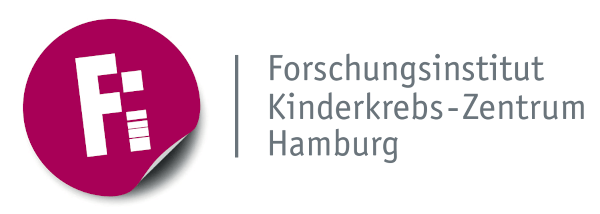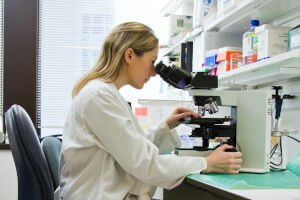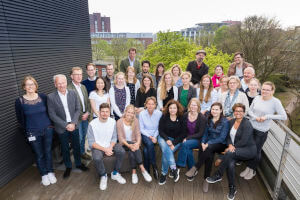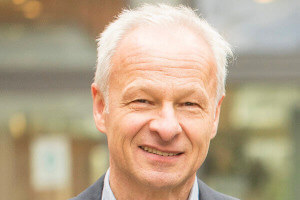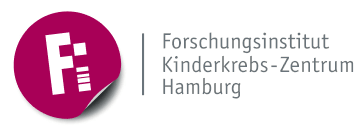Light in the dark - modern tumor diagnostics from the research group of Professor Dr. Ulrich Schüller gains acceptance in adult medicine.
The Research Institute for Childhood Cancer Center Hamburg successfully continues exploring the further development of diagnostic procedures. The method of genome-wide DNA-methylation, which Professor Dr. Ulrich Schüller, together with colleagues, established in Hamburg two years ago, has led to great advances in the diagnosis of childhood brain tumors. In the meantime, this procedure is also used at the UKE in adult medicine – more precisely for example for patients with ACTH adenomas (Acta Neuropathologica https://link.springer.com/article/10.1007/s00401-020-02149-3)
Professor Schüller, you have been using genome-wide DNA-methylation in the field of childhood brain tumors for two years. What are the results/ the consequences for the patients?
We do have recognized different types of child brain tumors before. However, the new technology gives the diagnoses an additional level of validation and for many entities it allows an even more precise classification into clinically relevant subtypes. In rare cases, it is also fact that a tumor could not be fully classified using conventional methods such as microscopy and only the methylome analysis provides specific information. It can certainly be said that global DNA methylation analysis has become an extremely valuable tool in daily routine diagnostics.
What makes the diagnosis of childhood brain tumors so difficult?
Several aspects are relevant: First, there are dozens of different childhood brain tumors, the differentiation of which is essential for therapy. Second, many tumors, especially so called embryonic brain tumors, are very undifferentiated, which makes diagnosis considerably more difficult. After all, there are many tumors that are anatomically so difficult to reach that resection is not possible or would be too dangerous. If anything, only tiny samples can be taken here. This means that very complex diagnoses have to be made on tiny samples that are barely visible to the eye.
The paper https://link.springer.com/article/10.1007/s00401-020-02149-3 published together with your neurosurgical colleagues from the UKE underlines the success of the new method. How do you assess the potential of this analysis for further indications?
In my opinion, there is still a very high potential here. So far it is actually only the brain tumors that are analyzed here. However, I am sure that we will soon be able to say, for example, where a metastasis that has formed in the brain comes from. For sarcomas, which are very difficult to distinguish from one another, there are already first approaches that are very promising. After all, we dream of also using tumor DNA found in the blood to be able to clearly define the tumor from which this DNA originates using methylation analysis.
How much do advances in molecular diagnostics influence the type of therapy? Can you give examples from your area?
The impact is great. Without a correct diagnosis, there can be no tailored therapy. There are many examples. Whether, with what dose and where a patient is irradiated depends largely on the exact diagnosis. Whether a patient receives the drug Temodal depends on the methylation of certain genomic sections. Whether a patient gets a BRAF inhibitor depends on whether there are mutations in that gene, and so on.
Deriving research results from pediatric oncology to adult medicine - does this knowledge transfer have potential for other areas / indications?
Absolutely. There are extensive research activities and successes in pediatric oncology for good reasons. It makes perfect sense to transfer this. The diagnosis of metastases I mentioned above, especially in patients with an unknown primary tumor, would be one such example. Global methylome analyses will also advance this field a good deal, I'm sure of that.
What motivates you most about your work?
In addition to many other aspects, the motivation stems above all from making contributions that specifically improve patient care. These can be small contributions, but each contribution is important here. For example, if we suggest to the treating oncologist that the child's radiation is not indicated based on our diagnosis, the child can be spared serious side effects. If we see a human genetic consultation indicated by our diagnosis, this can be enormously important for family planning and surveillance of possible secondary tumors. And if we unfortunately see with our modern methods that the tumor is particularly aggressive, this is the basis for maximum therapy, which will hopefully save the patient's life.

Professor Dr. Ulrich Schüller, Entwicklungsneurobiologie und pädiatrische Neuroonkologie.
